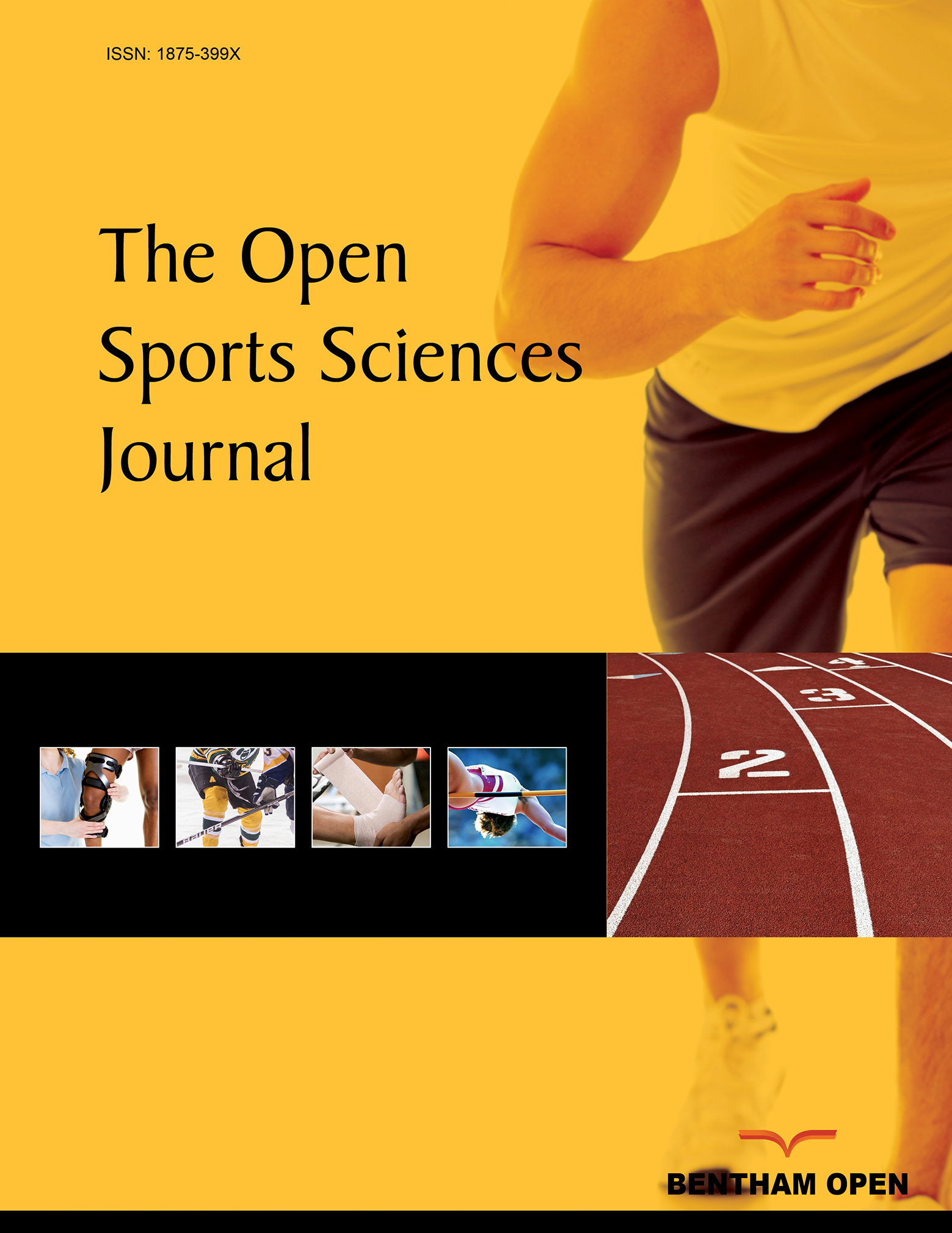All published articles of this journal are available on ScienceDirect.
Comparison of TrackMan Data between Professional and Amateur Golfers at Swinging to Uphill and Downhill Fairways
Abstract
Background:
Golfers face different environmental conditions in each game played under various constraints. Enhancing affordances through training in a constrained outdoor environment is crucial.
Objective:
To analyze club head behavior at ball impact of a tee shot by 42 professional (PGs) and 25 amateur (AGs) golfers in swinging to uphill and downhill fairway environments using the TrackMan portable launch monitor.
Methods:
We used TrackMan to compare golf club movement adaptations in 42 PGs and 25 AGs. A 330-m driving range facing both the uphill (+5°) and downhill (-5°) fairways were used. The tee shot area was the only flat ground surface, with the uneven ground between the shot area and the 200-yard fairway.
Results:
The clubhead speed and attack angle were significantly higher among PGs than among AGs. PGs could adapt their swings to the uphill fairway by increasing the attack angle (3.6°±2.4) by 3.3° compared with the downhill fairway. The attack angle did not correlate with the launch angle among the AGs in the downhill condition, suggesting that they were unable to control the height of the ball based on the far side of the fairway.
Conclusion:
PGs increased the attack angle in uphill conditions, and their awareness of the affordance, which was different from that of AGs, allowed them to change the optimal ball trajectory to avoid perceived fairway risks. Thus, the more skill a player had, the better he was at recognizing the affordance of the visual field. PGs demonstrated a better ability to adapt to environmental constraints.


